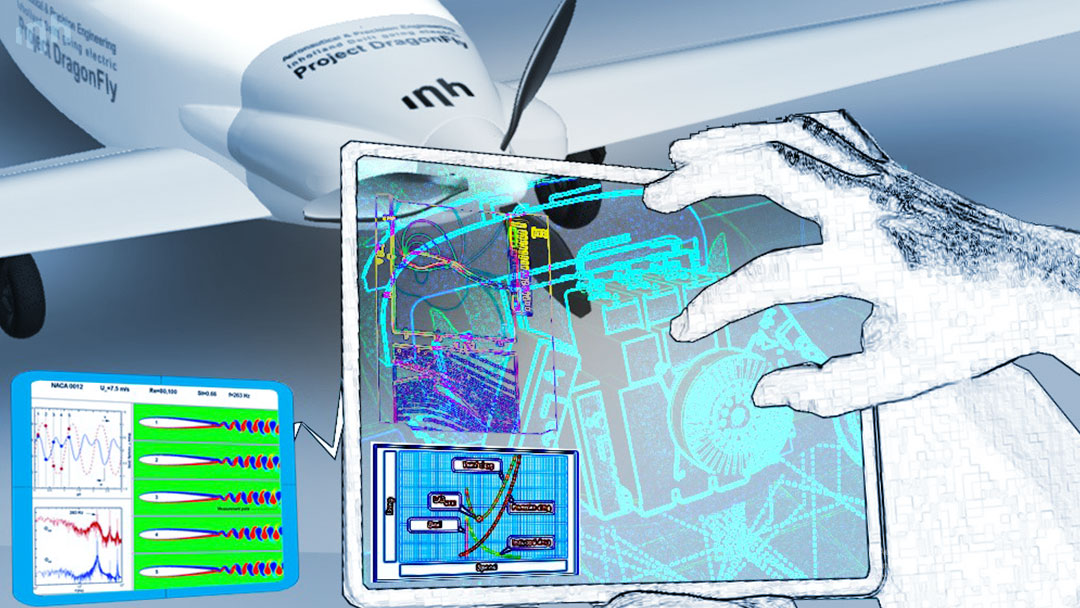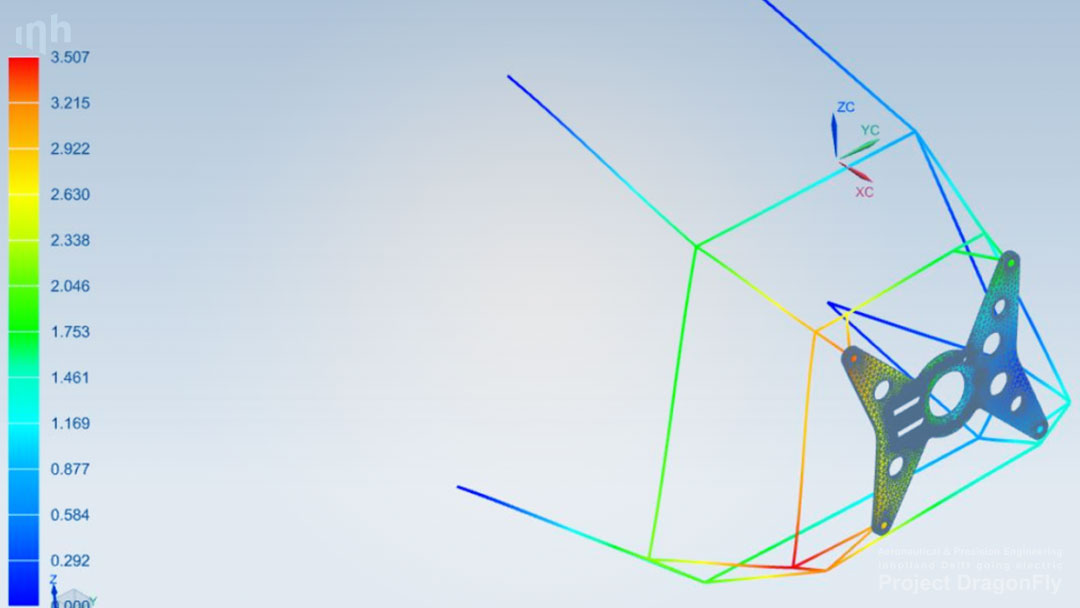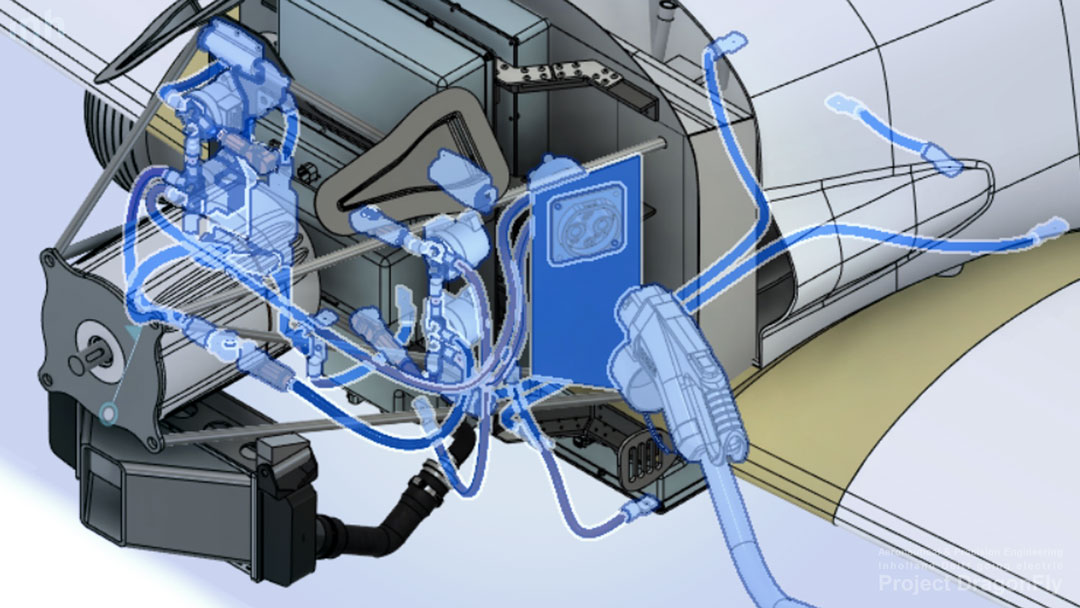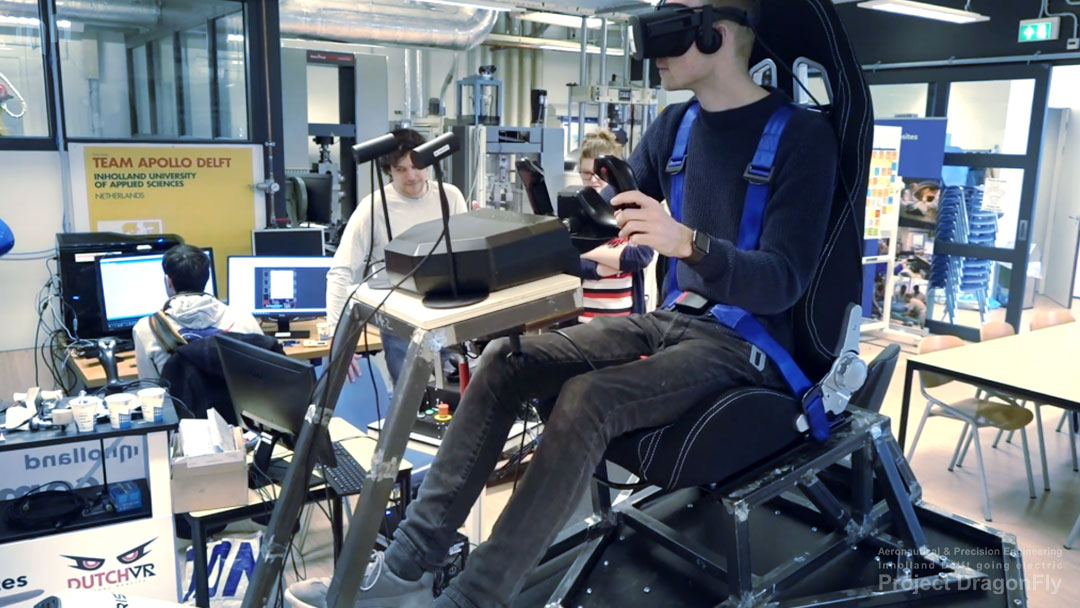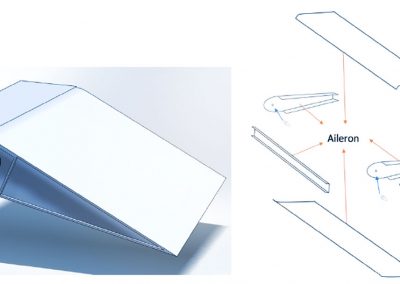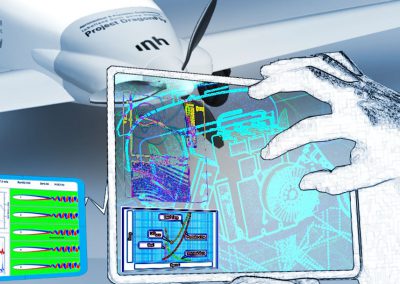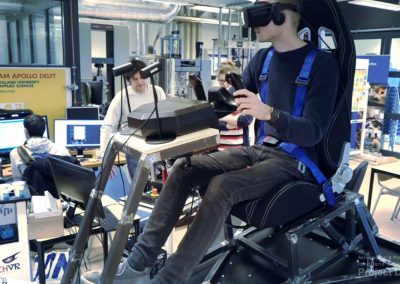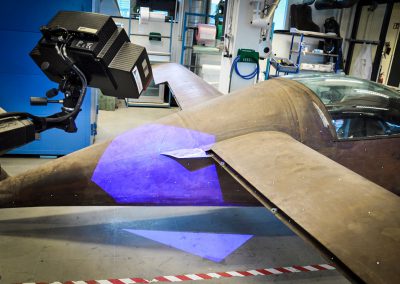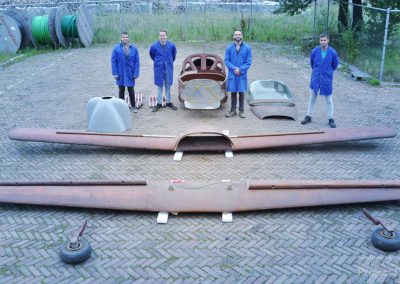The Electric Dragonfly
The first 2 seater lightweight composite electric aircraft developed in the Netherlands
The Dragonfly is a two-seater aircraft that features a tandem wing layout with a forward wing mounted low and the other behind the cockpit in a shoulder position, a two-seats-in-side-by-side configuration enclosed cockpit under a bubble canopy, fixed landing gear and a single engine in tractor configuration. The aircraft is constructed from composites, based on construction techniques pioneered by Burt Rutan at Rutan Aircraft Factory (RAF). The airframe design is visually similar to the RAF’s Quickie 2, which was developed independently, but the Dragonfly has larger airfoils and was designed for a smaller engine, resulting in a slower but more docile handling aircraft. Origionally 60 hp (45 kW) Volkswagen air-cooled and 85 hp (63 kW) Jabiru 2200 four-stroke powerplants were used with the Dragonfly. With a redesign to a battery-electric variant (project DragonFly) Inholland and partners demonstrate the viability of electrifying existing small aircraft for the general aviation.
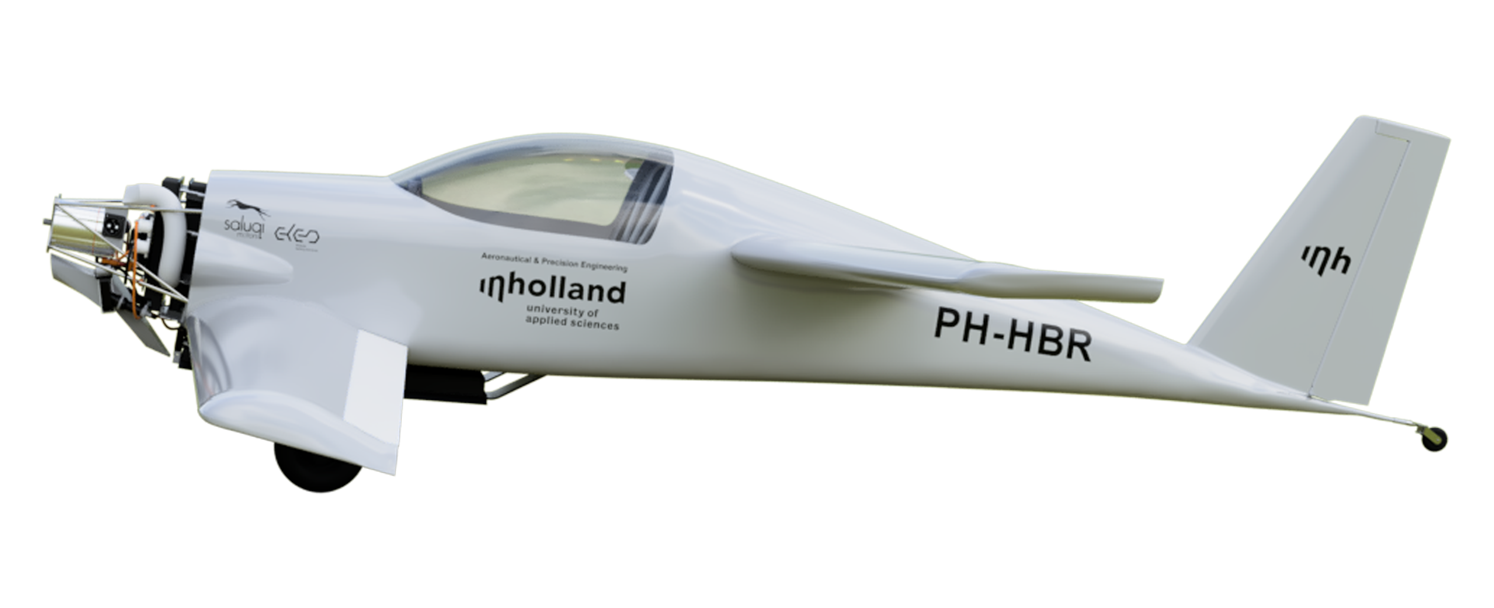

% completion of activities
- Primary structure of the airplane 100%
- Primary Control Systems 95%
- Landing gear 100%
- Avionics design 100%
- Structural validation 90%
- Aerodynamics & Performance analysis 100%
- Airplane Digitalization by CAD activities 100%
- Electric propulsion design 95%
- Test & certification 30%
Specifications electric Dragonfly
| Geometry | ||||
| LENGTH | 5,8 | mtr | 19 | ft |
| HEIGHT | 1,3 | mtr | 4,2 | ft |
| WINGSPAN | 6,7 | mtr | 22 | ft |
| WING AREA | 9 | m2 | 97 | sq.ft |
| Electric propulsion | ||||
| CONTINUOUS POWER | 80 | kW | 109 | hp |
| PEAK POWER | 100 | kW | 136 | hp |
| CONTINUOUS TORQUE | 220 | Nm | ||
| PEAK TORQUE | 280 | Nm | ||
| BATTERY CAPACITY | 18,6 | kWh |
| Performance reference | ||||
| MTOW | 589 | kg | 1151 | lbs |
| GLIDE RATIO | 14 | :1 | ||
| CLIMB RATE | 4 | m/s | 787 | fpm |
| MAX SPEED | 280 | kph | 174 | mph |
| CRUISE SPEED | 160 | kph | 100 | mph |
| STALL SPEED | 77 | kph | 50 | mph |


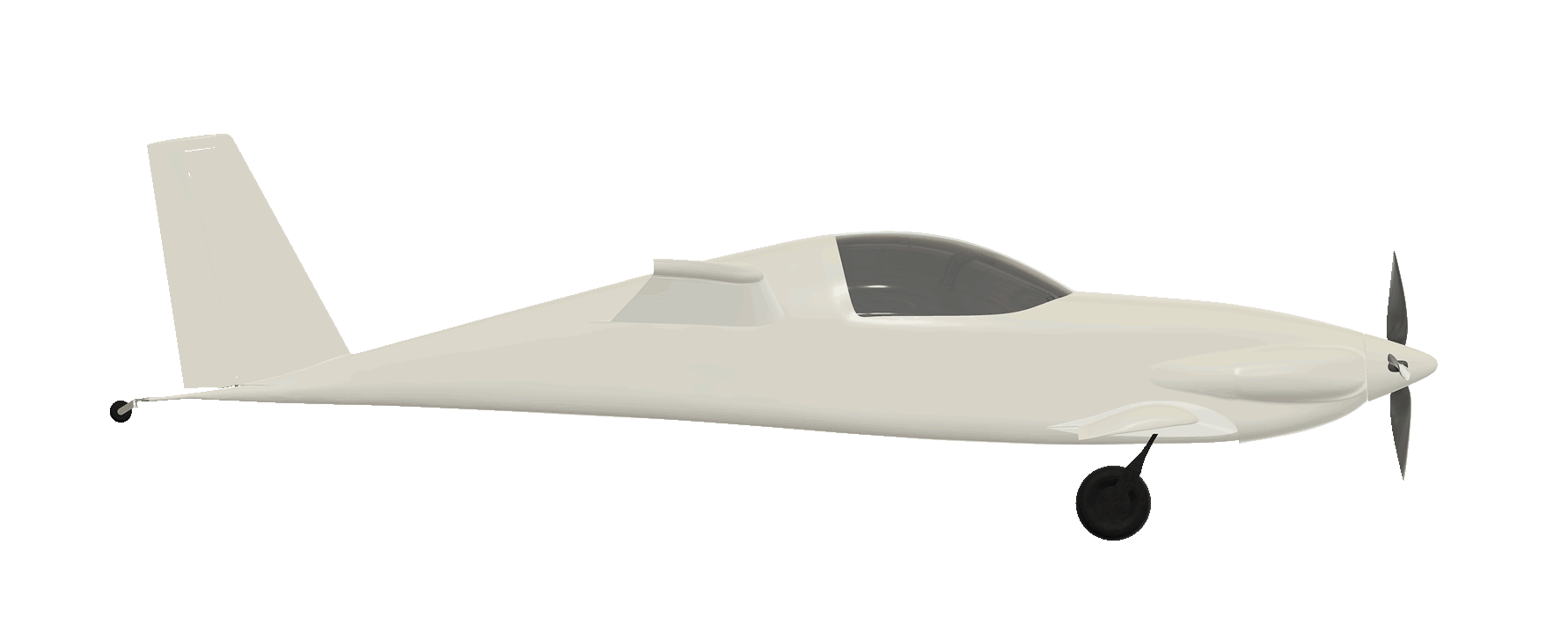
This configuration is based on the Viking Dragonfly MK.II, an American amateur-built aircraft, designed by Bob Walters and produced by Viking Aircraft LLC of Elkhorn, Wisconsin. This aircraft was originally supplied as a kit for amateur construction.

